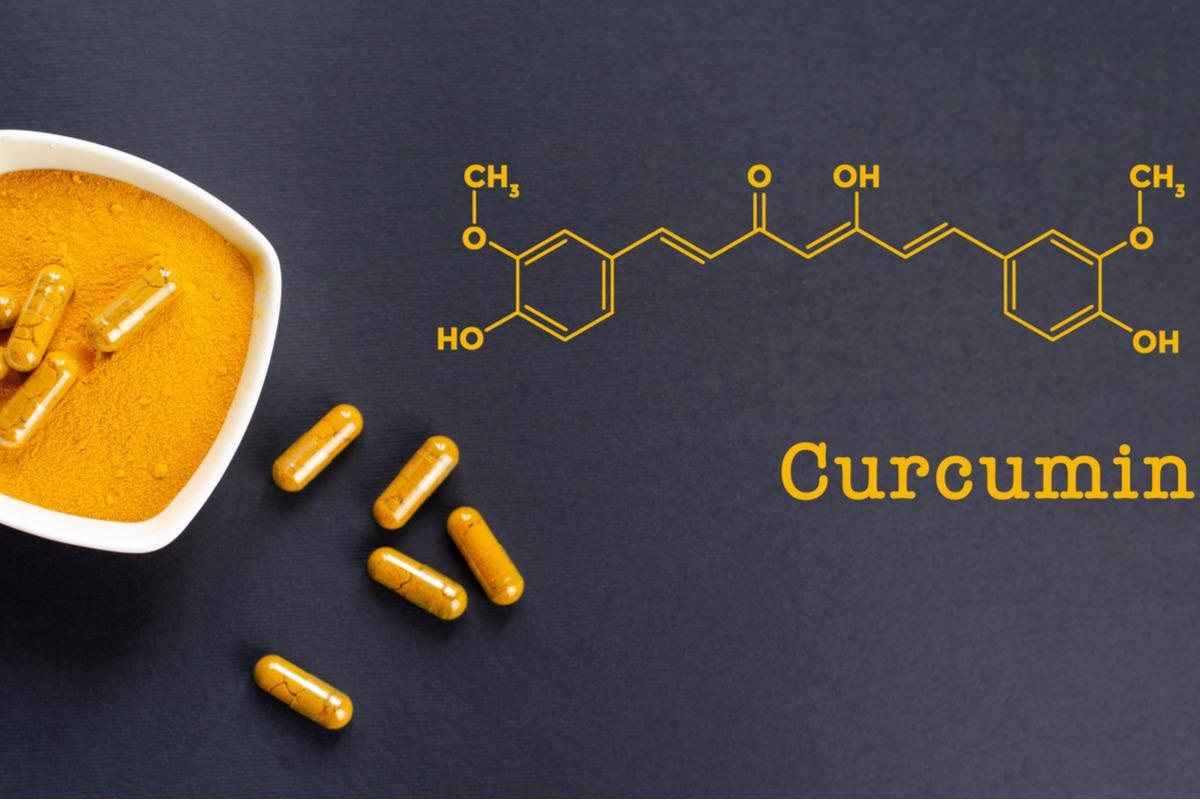A recent study published in the journal Computers in Biology and Medicine demonstrated that the phytochemical curcumin is a potent therapeutic prospect against the severe acute respiratory syndrome coronavirus 2 (SARS-CoV-2) Omicron variant.
 Study: Curcumin inhibits spike protein of new SARS-CoV-2 variant of concern (VOC) Omicron, an in silico study. Image Credit: EshanaPhoto/Shutterstock
Study: Curcumin inhibits spike protein of new SARS-CoV-2 variant of concern (VOC) Omicron, an in silico study. Image Credit: EshanaPhoto/Shutterstock
Background
The ongoing coronavirus disease 2019 (COVID-19) pandemic has caused over 508 million SARS-CoV-2 cases and six million deaths to date globally. As of now, the SARS-CoV-2 Omicron (B.1.1.529) variant is the dominant strain worldwide. Omicron was designated a variant of concern (VOC) since it can evade vaccine- and infection-induced immunity due to several mutations in its spike (S) protein, including 15 amino acid substitutions across the receptor-binding domain (RBD).
Recent studies indicate that many of the most widely used COVID-19 vaccinations offer little or no immunity against Omicron infection. To date, no specific therapeutic regimen for this VOC has been recommended. As a result, Omicron might jeopardize worldwide attempts to contain the COVID-19 pandemic by posing a public health risk.
About the study
The present paper aimed to profile seven phytochemicals (capsaicin, gingerol, allicin, curcumin, piperine, zingeberene, and cinnamaldehyde) and discover possible therapeutic options against the Omicron variant. The researchers built a three-dimensional layout of Omicron S RBD by integrating 15 amino acid alterations to the Native S structure. The team contrasted the structural changes of the Omicron S with the Native S. The authors docked the seven phytochemicals with the Omicron S-human angiotensin-converting enzyme 2 (hACE2) complex and the Omicron S protein.
In addition, a molecular dynamic (MD) simulation was run between the curcumin and Omicron S protein to assess the structural stability of the complex in a physiological setting. Further, the team compared the results to the control medication chloroquine and GR 127935 hydrochloride.
The Native S protein's main sequence (starting position 333) was acquired from the global initiative on sharing all influenza data (GISAID). Fifteen mutations were introduced into Native S using the PyMol 2.5 software, resulting in Omicron S. The UCSF Chimera software was used to examine and visualize the impact of mutations on the Omicron S protein.
The hACE2 and Omicron S proteins binding were performed using the ClusPro protein-protein docking webserver. The seven phytochemicals with the Omicron S and Omicron S-hACE2 complex were docked using the Dockthor docking server. The free energies of curcumin-Omicron S and chloroquine-Omicron S complexes were calculated using the molecular mechanics-Poisson–Boltzmann solvent-accessible surface area (MM-PBSA) approach. Finally, the PyMol 2.5 software was used to assess the impact of curcumin interaction with the target protein Omicron S.
Results
The study results showed that the amino acid substitutions in the SARS-CoV-2 Omicron variant could favor improved binding capacity to hACE2, potentially resulting in increased SARS-CoV-2 viral transmissibility. Prodigy assessment showed that the binding energy between Omicron S protein and hACE2 was -13.7 Kcal mol-1. While the binding energies of the projected S and Omicron S proteins were comparable, Native S had a modest binding potential with hACE2. Compared to the corresponding control medicines, the curcumin attached considerably with both the Omicron S/hACE2 complex and Omicron S.
The researchers found that curcumin was bound with numerous mutated amino acid residues (ARG161 [493], SER114 [446], HIS173 [505], and SER164 [496]) of the Omicron S protein and other residues. On the contrary, the control drug chloroquine exhibited binding only with the mutated amino acid ARG161. This observation implied that curcumin has a high affinity for Omicron S than chloroquine. Nonetheless, curcumin and chloroquine exhibited a shared Omicron S region encompassing common amino acids ARG161 [493], SER162 [494], and TYR117 [449].
Moreover, the team discovered numerous curcumin-hACE2 interaction sites in the Omicron-S complex. These residues were significant hACE2-Omicron S engaging amino acids. Curcumin established a pi-bond with the mutant spike residue HIS173 [505], indicating that it has a greater affinity for the mutated protein in the complex than the ACE control GR 127935 hydrochloride.
MD simulation showed that curcumin might establish a stable structure with the S protein of Omicron in the physiological setting and higher interaction than the control medication chloroquine. Free energy studies revealed that curcumin had a greater affinity for Omicron S than the control medication chloroquine. The amino acid distances of the curcumin-Omicron S complex may be shorter than those of Omicron S without curcumin.
Conclusions
The study findings illustrated that curcumin harbored the most significant inhibitory capability with Omicron S protein out of the seven phytochemicals tested. The authors also found that curcumin could disturb the Omicron S-hACE2 aggregate. Further, the MD simulation showed that curcumin might establish a stable complex with Omicron S in the physiological milieu.
To summarize, the present data depicted that curcumin has the potential to be used as a medicinal agent against the highly infectious SARS-CoV-2 Omicron variant.